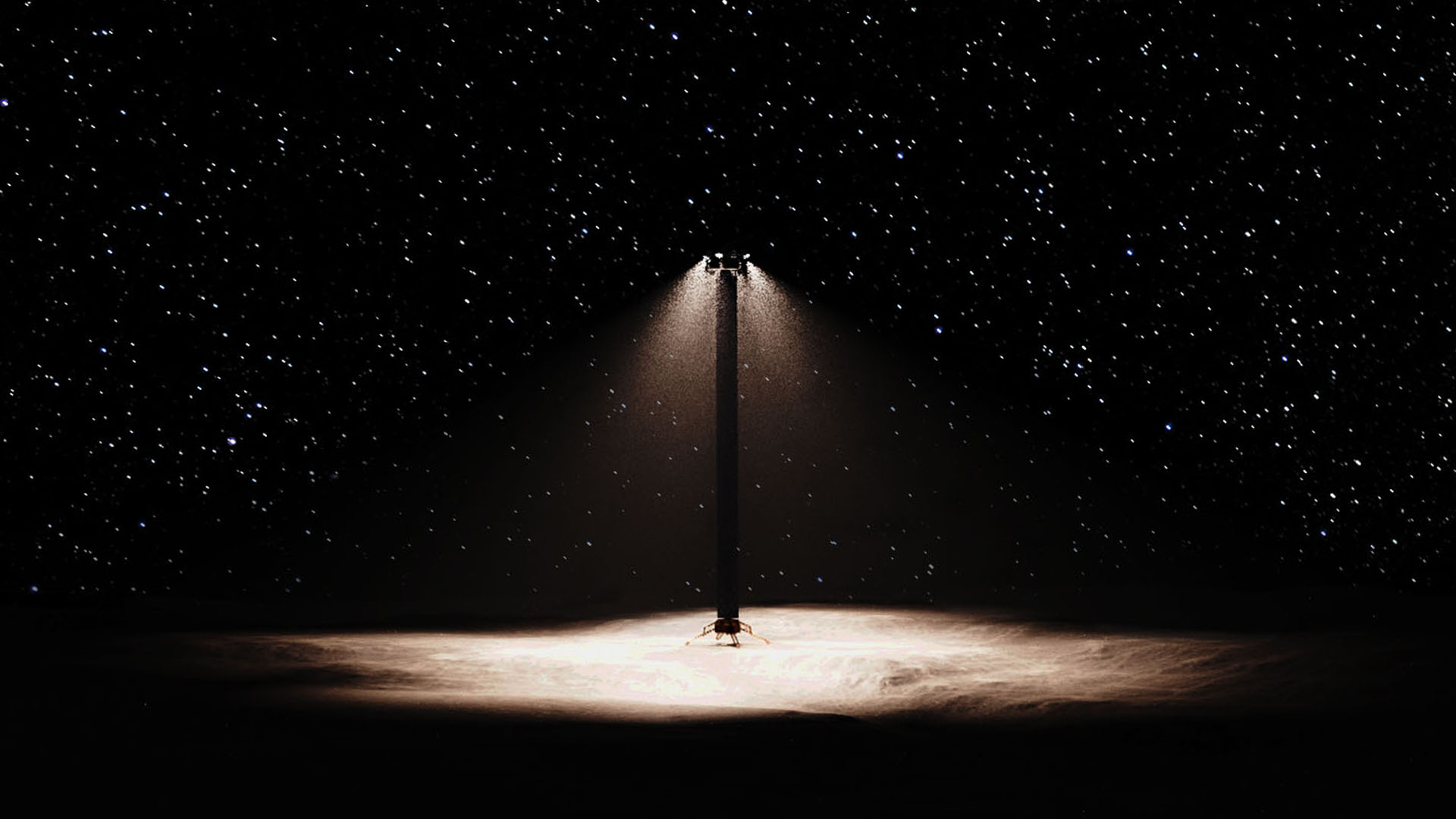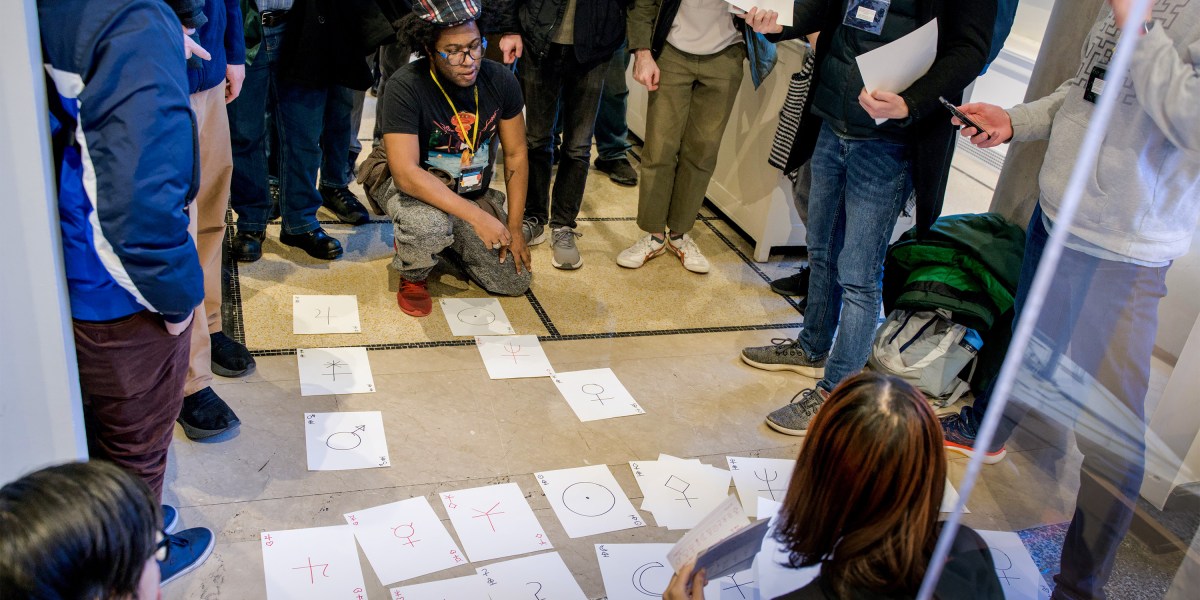AS permanent residency on the Moon becomes increasingly feasible, engineers are looking to overcome one of the celestial body’s biggest challenges.
Agencies like Nasa are eyeing future lunar excursions, with the even more ambitious goal of maintaining a continuous human presence on the Moon.

3
Before any of this can occur, researchers must address the issue of lunar nights.
The Odysseus lander – the first U.S. spacecraft on the moon in five decades – met a grim end earlier this year after its solar panels failed to power the robot back to life.
And the darkness will be all the more punishing when humans spend extended periods of time on the Moon.
The Moon’s day-night cycle is roughly 14 Earth days long, consisting of 14 days followed by 14 nights.
Two Earth weeks of darkness would weigh heavily on astronauts’ circadian rhythms, the 24-hour biological cycles that impact appetite and alertness.
The nights are also accompanied by a dramatic drop in temperature, plummeting to around -208°F (-133°C) and dropping even lower inside craters.
Now Honeybee Robotics, a space tech company, has proposed a solution in the form of huge, solar-powered streetlights.
They would stand at 330 feet tall, dwarfing the Statue of Liberty.
The company showcased its lofty goals in a promotional video uploaded to YouTube last week.
Honeybee is best known as the child of a powerful family. It was acquired in 2022 by Blue Origin, the aerospace company headed by Microsoft founder Jeff Bezos.
Their latest project is dubbed Lunar Utility Navigation with Advanced Remote Sensing and Autonomous Beaming for Energy Redistribution – LUNARSABER for short.
In addition to Bezos’ blessing, the company has secured funded from the U.S. government’s Defense Advanced Research Projects Agency.
It is one of 14 projects selected for DARPA’s 10-Year Lunar Architecture Capability Study, which aims to gather information about energy and communications infrastructure on the Moon.
The towering lamps are designed to be sustainable, as they must make do with limited resources in space.

3
They will store solar energy during the day and ignite the Moon’s face once constant darkness falls.
Engineers have struggled to decide how to erect structures on the Moon, as it has proven difficult to lug building materials into space.
However, each lamppost is designed to rise out of its own base, effectively building itself.
This means a spacecraft would only have to transport the base onto the moon – no construction needed.
The base of each tower would also contain power adapters to charge spacecrafts or other infrastructure.

3
And the aspirations don’t stop there. Honeybee envisions a network of streetlights across the lunar surface that could form the Moon’s first power grid.
“If we are able to provide power, communications, and thermal management as the base necessities, it minimizes the cost it would take to set up a base on the Moon,” principal investigator Vishnu Sanigepalli explained.
The company hopes to clear a path for a permanent human presence on the Earth‘s only natural satellite.
The Moon – our closest neighbour explained
Here’s what you need to know…
- The Moon is a natural satellite – a space-faring body that orbits a planet
- It’s Earth’s only natural satellite, and is the fifth biggest in the Solar System
- The Moon measures 2,158 miles across, roughly 0.27 times the diameter of Earth
- Temperatures on the Moon vary wildly. Nasa explains: “Temperatures near the Moon’s equator can spike to 250°F (121°C) in daylight, then plummet after nightfall to -208°F (-133°C). In deep craters near the Moon’s poles, permanent shadows keep the surface even colder — NASA’s Lunar Reconnaissance Orbiter has measured temperatures lower than -410°F (-246°C).”
- Experts assumed the Moon was another planet, until Nicolaus Copernicus outlined his theory about our Solar System in 1543
- It was eventually assigned to a “class” after Galileo discovered four moons orbiting Jupiter in 1610
- The Moon is believed to have formed around 4.51billion years ago
- The strength of its gravitational field is about a sixth of Earth’s gravity
- Earth and the Moon have “synchronous rotation”, which means we always see the same side of the Moon – hence the phrase “dark side of the Moon”
- The Moon’s surface is actually dark, but appears bright in the sky due to its reflective ground
- During a solar eclipse, the Moon covers the Sun almost completely. Both objects appear a similar size in the sky because the Sun is both 400 times larger and farther
- The first spacecraft to reach the Moon was in 1959, as part of the Soviet Union’s Lunar program
- The first manned orbital mission was Nasa’s Apollo 8 in 1968
- And the first manned lunar landing was in 1969, as part of the Apollo 11 mission




